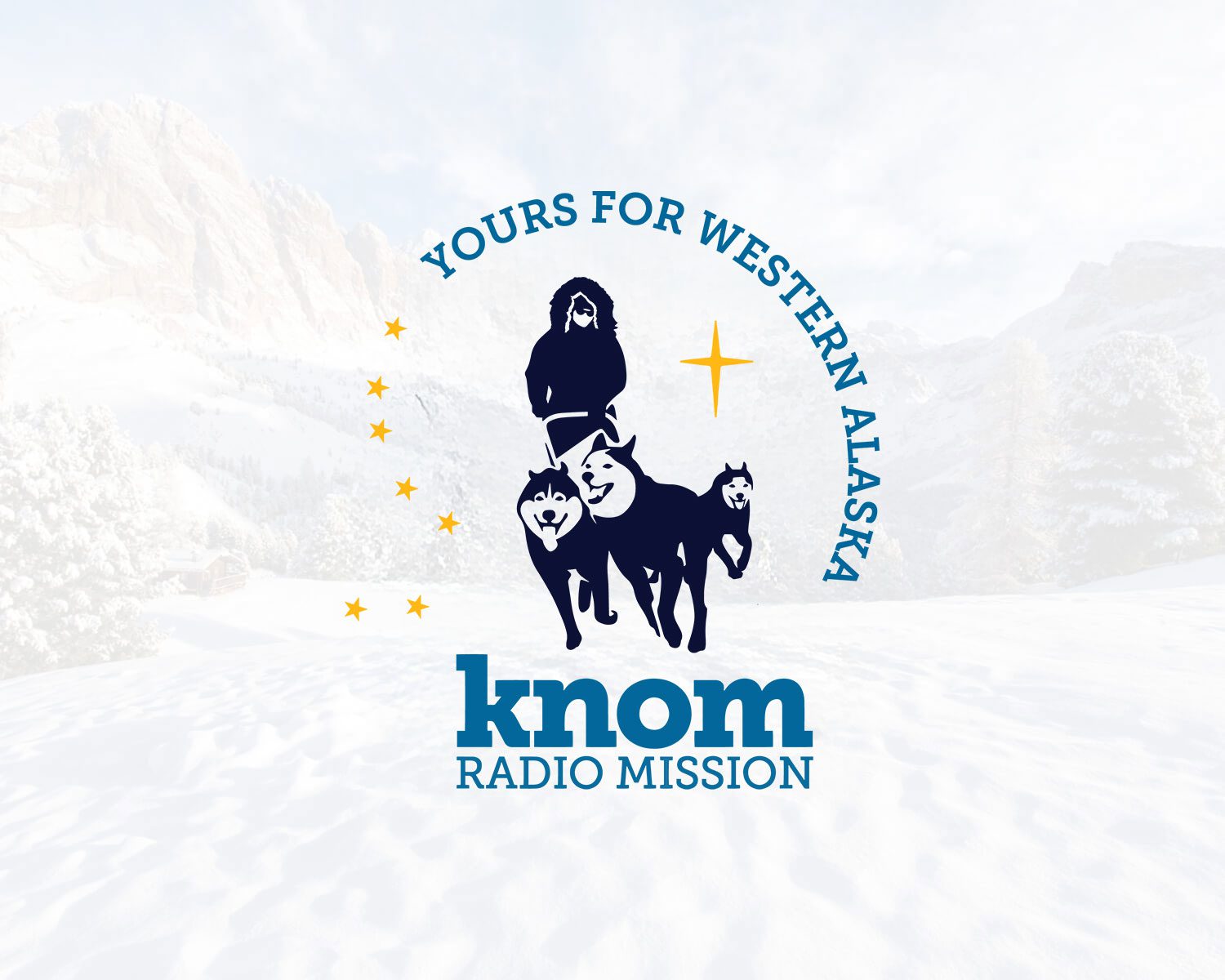Ah, April. It’s Spring in Nome — a balmy 25 degrees and flooded with return of the sun.

Every morning on KNOM, we read the weather forecast. It’s one of the less glamorous aspects of the news job. But it’s critically important to our listeners, especially during blizzards, storms, or high winds. And each morning after reading the regional forecast for Western Alaska, from the Yukon Delta in the South to the Northwest Alaska coast, we read the “extended weather.” This is the record high and low temperatures, the high and low tides for the day, and, the time of sunset and sunrise, and the change in the amount of daylight from the day before.
I get to read the extended weather fairly infrequently. But whenever I do, or perhaps because I do it so infrequently, I’m always struck by the change in daylight.
During the spring months, Nome gains an average of 6 minutes and 40 seconds of daylight each day. That’s an increase of close to 45 minutes of daylight each week. To put that in perspective, Boston gains 3 minutes of daylight each day during spring, according to the National Weather Service. And Miami gains 2.
After dark winter, the light-filled days of spring are joyous! And maddening.We adapted to 3 hours of daylight in December. Now, in April, we’re up to 13. By June we will have close to 22. I’ve heard at its apex, Nome in the summer never has true night–just perpetual light broken by brief moments of twilight.
The rapid rate of change in daylight is one of the many unique things you’ll experience as a KNOM volunteer. The change affects everyone differently–some thrive in darkness and want the sun to go back in hiding, and others can’t wait for midnight hikes on the tundra in June. You won’t know how it affects you til you get here. But it’s a unique experience I will appreciate and marvel at for years to come.







